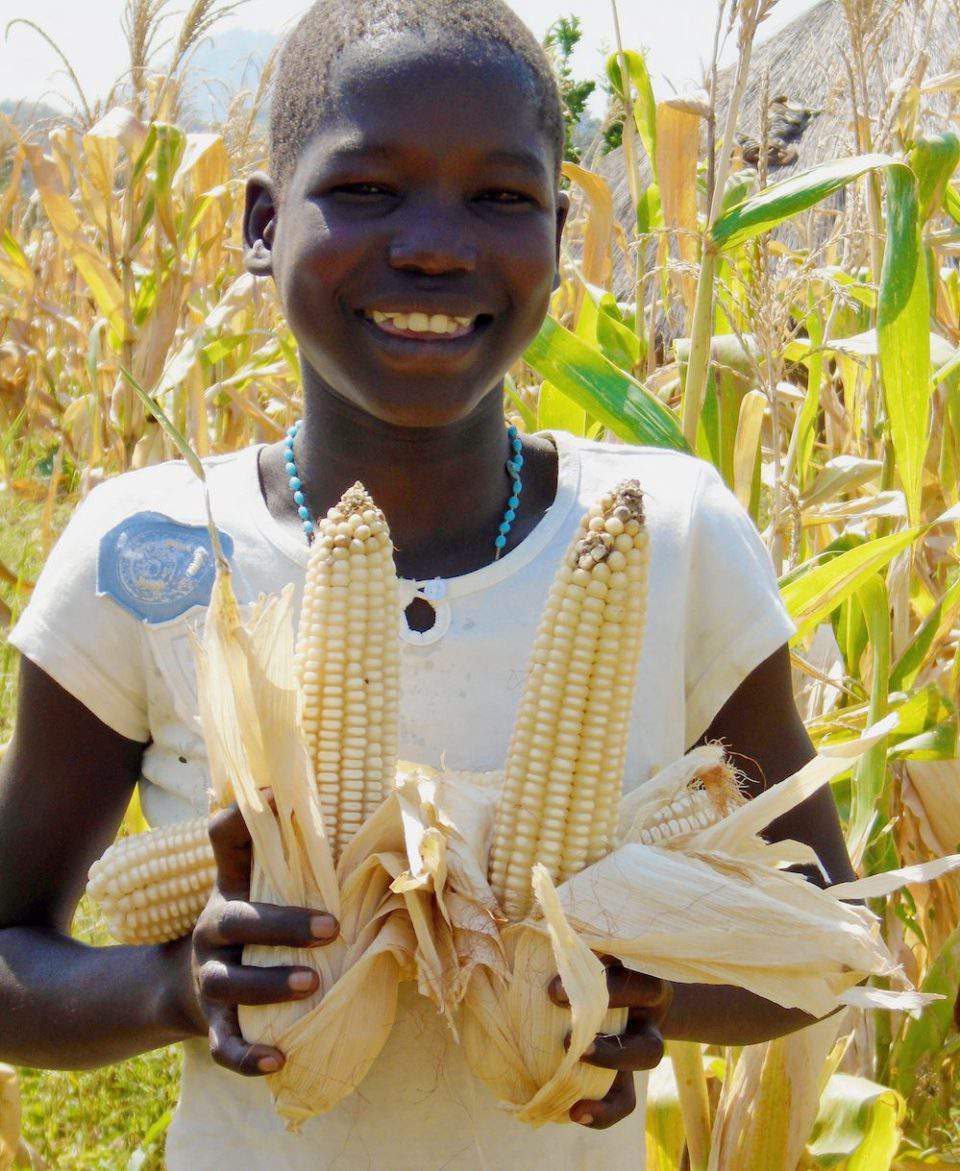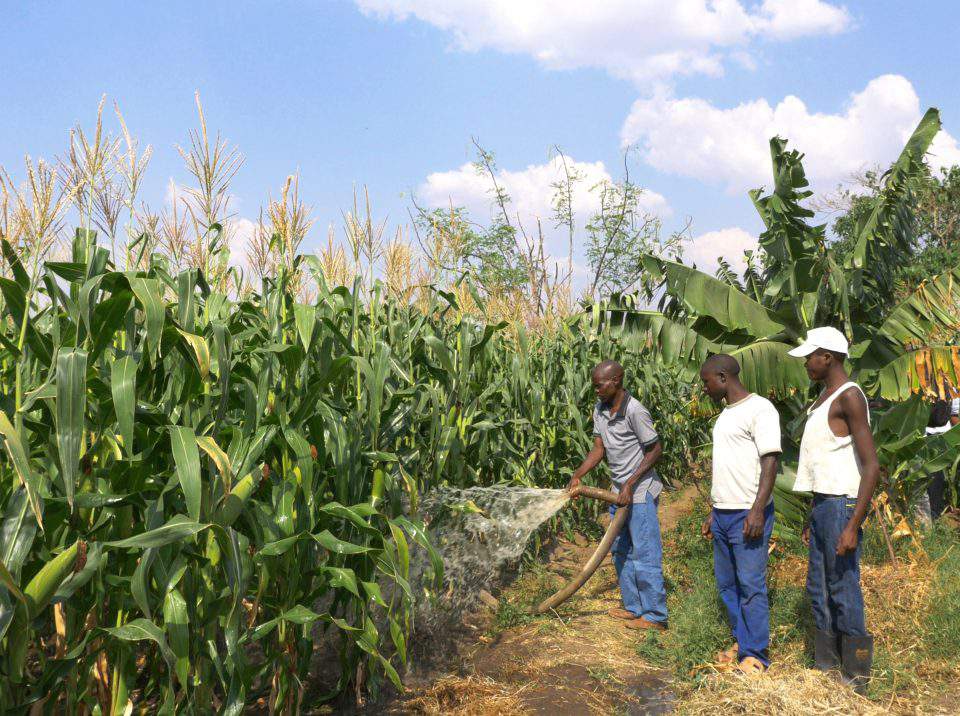Why Supporting Agriculture is Key to Ending Poverty
The world has seen a remarkable decline in poverty in the past few decades. Today, just 10 percent of the population remains in extreme poverty.
Yet with 70 percent of those people living in rural areas, we know investing in agriculture is vital to close the final gap and end poverty for good.
It is for this reason that growth in the agriculture sector is two to four times more effective in increasing incomes among people in poverty, compared to other sectors.
So, how do you invest in the agricultural sector? How do you help rural communities thrive?

The approach we take, alongside our gifted local partners, is intentional and sustainable. We seek to increase yields, productivity, and incomes for years in the future—not just for one harvest.
Like in all we do, we prioritize relationships as we support farmers and agribusinesses. The more connected our global network is, the better. It’s not foremost about us connecting to the farmers, but rather connecting the farmers to one another.
To build connections, we focus on linking farmers through inclusive value chains and agriculture cooperatives. In the context of strong, local partnerships, we also offer agricultural training and loans.
Inclusive Value Chains
Value chains connect farmers and their products to market. Many farmers have years of experience and even high yields, but lack market access. Without viable, profitable markets, farmers are left out of the economy—continuing a cycle of poverty.
We work with local partners to create inclusive, equitable value chains that connect marginalized rural farmers to market. All links of the chain benefit, including the input providers, producers, processors, and the market itself.
As a result, small, often vulnerable and marginalized farmers receive a fair price for their products and are able to support themselves and their families.
Cooperatives
While there is power in access, there is also strength in numbers. We believe one of the best strategies to help smallholder farmers overcome poverty is to connect them to a communal network—a cooperative—of other farmers pursuing the same goals.
When a group of farmers come together to form a cooperative, they combine their resources, talents, and ideas. They are able to learn from one another and, as a result, produce better quality and greater quantities of crops. By leveraging their increased numbers, they can also access cheaper inputs and enter more profitable markets.
Cooperatives demonstrate that we can do more together than we could ever do alone.
They are a powerful example of how long-term partnerships connect people and loosen the grip of poverty in the process.

The farmers and agribusiness owners in our network face many challenges; the turning tides of global markets, vulnerability to changing weather patterns, and isolation in remote, rural areas are just a few. But access to a inclusive value chains and cooperatives are two strategies that help farmers build the strength and resiliency they need to thrive.
With 70% of people in poverty living in rural areas, investing in agriculture is critical to end poverty for good. Invest in farmers today with a gift to our Spring Campaign. Just $25 provides a farmer with a loan to buy seed. Give online here (Canadian donors, please give here).